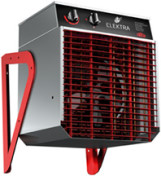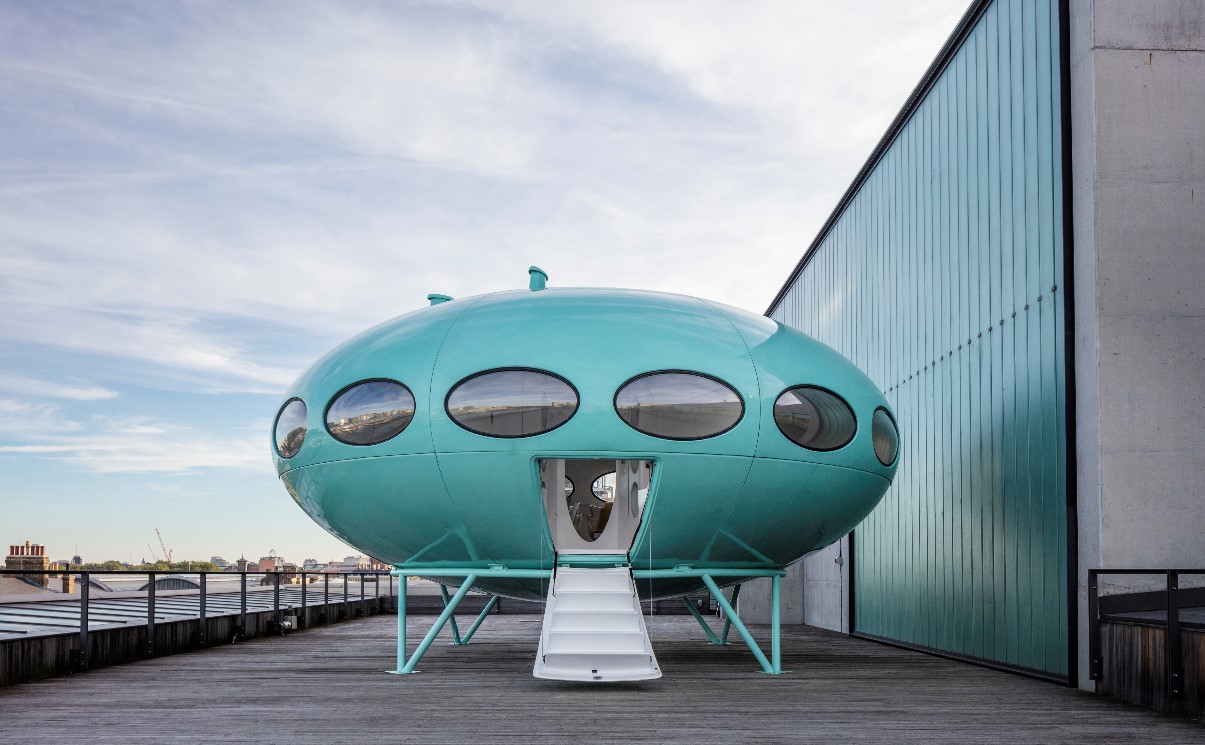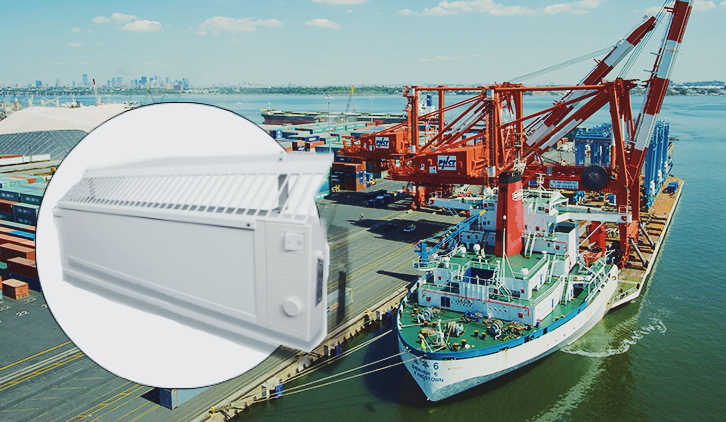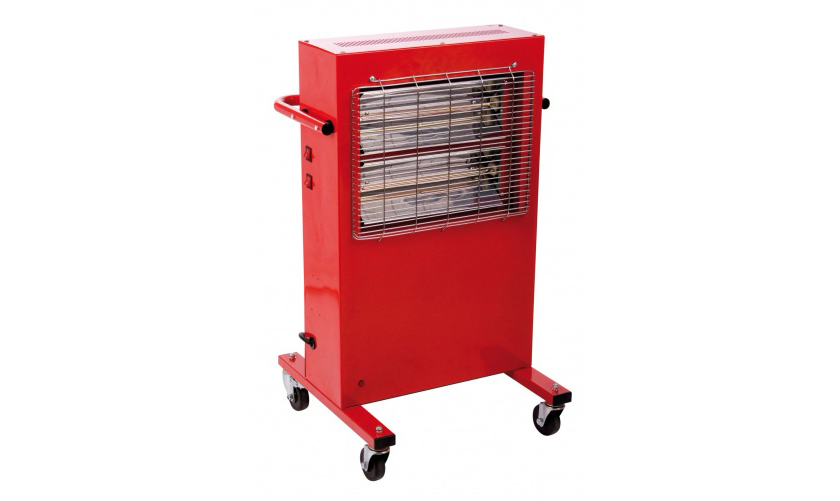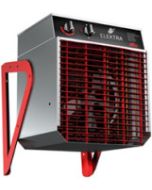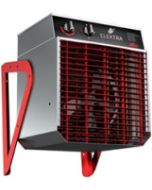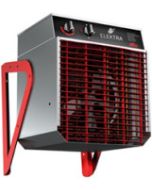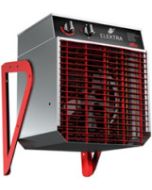Heating in difficult environments
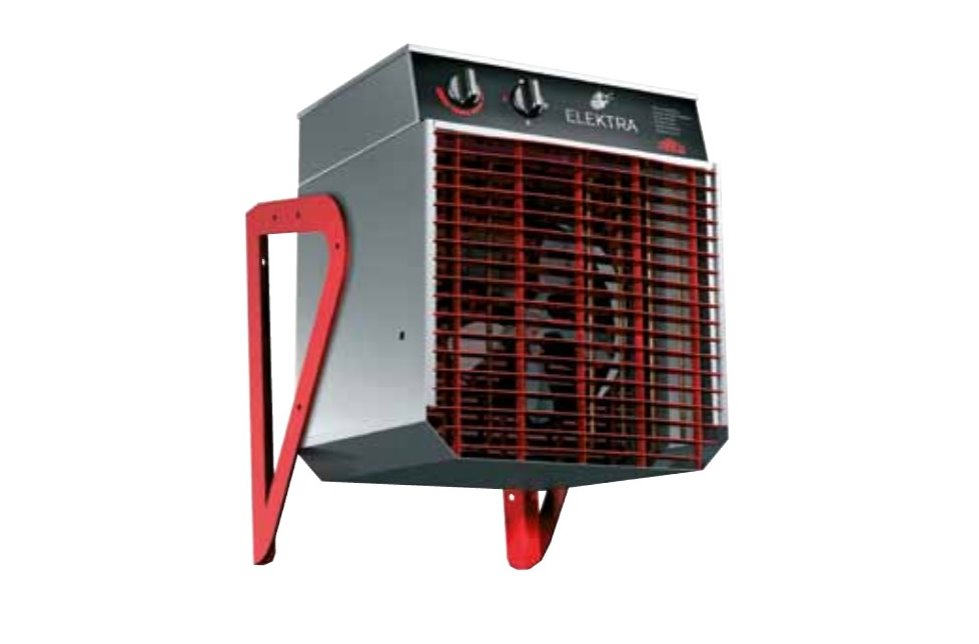
The Application and Heating in difficult environments
The requirement for heating in various commercial and industrial environments is, in the main, quite straightforward. Usually buildings are dry with nothing particularly difficult to deal with which means that the options for using various types of space heaters are wide open. However it not always like this. Here at Puravent we often get enquiries for heating in difficult environments and are asked about;
- Heaters dusty factory or workshop
- Heaters for workplace with frequent washdowns
- Heaters for applications where the air is corrosive
- Heaters for preheating raw materials and drum stores
- Heaters for use on ships and offshore production platforms.
What, you may ask, makes these types of application 'difficult' for normal heaters. Lets consider each in turn;
Dusty applications such as wood processing and joinery creat two distinct problems for heaters. Firstly the fan motors on most fan heaters do not have much protection against ingress of dust. Dust can play havoc in motor bearings over time and can lead to a shortening of motor life. The other issue is that airborne dust can be explosive and both fan heaters and some convector heaters can have elements that reach a temperature where they could become a potential ignition source.
Wet and damp applications. Many indoor work places are wet places, perhaps because they must have periodic washdown of equipment, or perhaps because the workplace is based on a washing process. This is a problem for many heaters because they are typically designed for dry environments, and the heaters don't have a particularly high IP rating. This matters because without a high IP rating the various electrical components have little in the way of protection from water wether it be running down a wall, dripping from a ceiling or indeed sprayed or splashed onto the heater.
Corrosive environments. Quite often found in wet applications, corrosive gases, vapours and droplets can cause problems for many heaters. Those with simple coiled wire elements can be very vulnerable and if there is ingress to electrical components, the too can easily corrode. Many heaters have painted mild steel cases which in dry, non corrosive applications are fine, however are no match for some of the corrosive environments that can be found in some work places. Chemicals from the process or from cleaning can arise as vapour, and form a component in condensates that may form on the heater when it is not in use.
High Temperature applications. Heating in work places is not always about staff comfort. We often get enquiries for heaters where they are required to heat a material store to 40, 50, 60 or even 70°C. The objective is typically to prewarm some viscous raw material before it is used in a process. The prewarming does not usually need to be quick but they often require drums or cases of raw materials to be warmed over the course of some hours in a warm room. Normal heaters quickly run into problems in these situations. Typically they are controlled from an onboard thermostat that is 'comfort range' meaning that it will have a setting range from say 5°C to 30°C or 35°C, which is obviously no good for getting a room up to say 60°C. Even if you disengage the thermostat, there are more problems - an overheat cut out will as likely as not start tripping if the heater elements compartment gets to 80 or 90°C, which it most definitely will if the heater is left to run. Bypassing the thermal cutout will then leave you with problems such as component failure and potential fire risk. High temperature heaters are useful not just for bringing materials up to temperature, but also in the battle against bed bugs. These micro critters are fine and dandy to about 45°C but can be controlled by heating a room up above this level.
Offshore and Marine applications. Ships and offshore platforms usually have a power supply that runs at 60Hz rather than the typical on shore frequency of 50Hz. This is a problem for normal fan heaters because they are designed to run on 50Hz. Although some can operate on 60Hz with the fan spinning a little faster than it would at 50Hz. The main problem however is vibration. Without the firm foundations of a building to soak up vibration, ships and platforms can suffer from low-frequency hum emanating from their main and auxiliary engines and other plant on board. Standard fan heaters are not designed to operate with continuous vibration. Moreover there are engineering standards specifically for these types of applications to be met before heaters can be used for this type of environment.
For these difficult heating environments there a number of solutions. Heaters can always be designed and built with a particular IP rating, with an element temperature that is limited, and with controls, thermal cut outs and components that make it suitable for a particular application, however this can be a costly and time-consuming approach. A quicker, easier solution for many of these heating problems comes in the form of the Elektra fan heater range.
The Elektra range of heaters splits in to 4 types.
The Elektra C fan heaters are suited to damp and corrosive applications, are made in stainless steel and protected to IP65.
The Elektra F fan heaters are suited to dusty applications where there is a fire risk, are protected to IP65, have lower element temperatures,
The Elektra V fan heaters are designed for use in ships and in off shore platforms, are built to withstand vibrations, have 60Hz variants, and are approved by DNV ( Det Norske Veritas )
The Elektra H fan heaters are built with components specifically to provide them with an operating range up to 70°C and suitable for high temperature applications.

